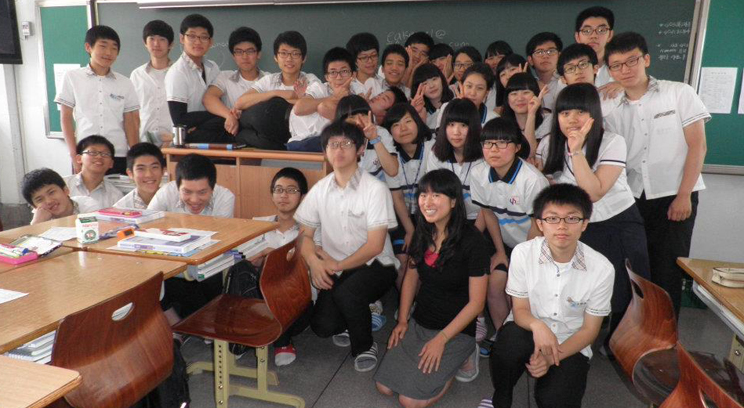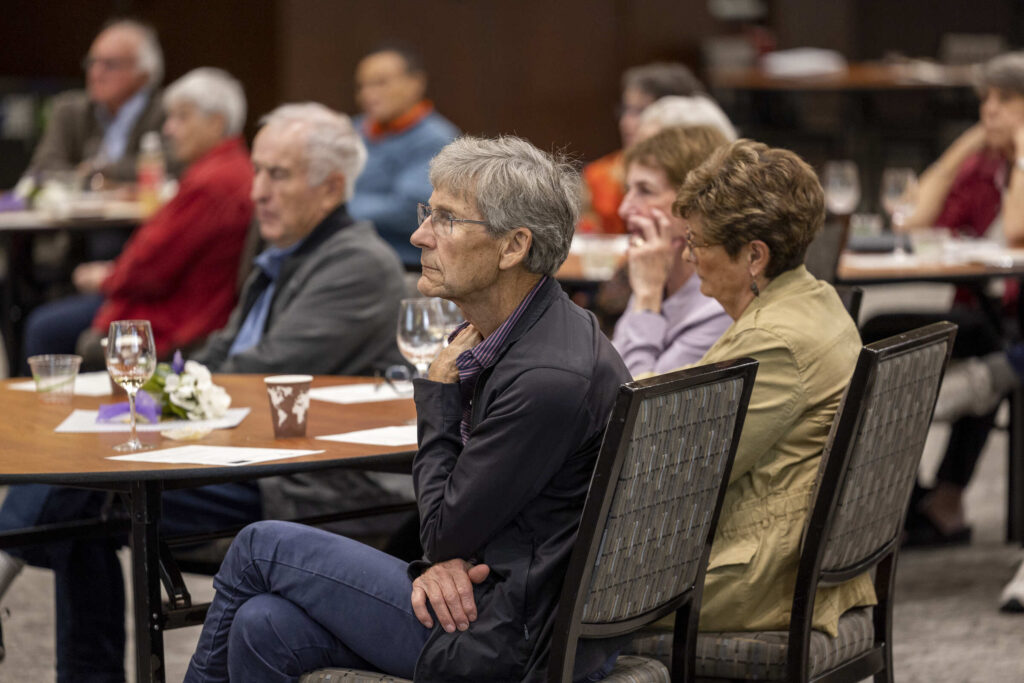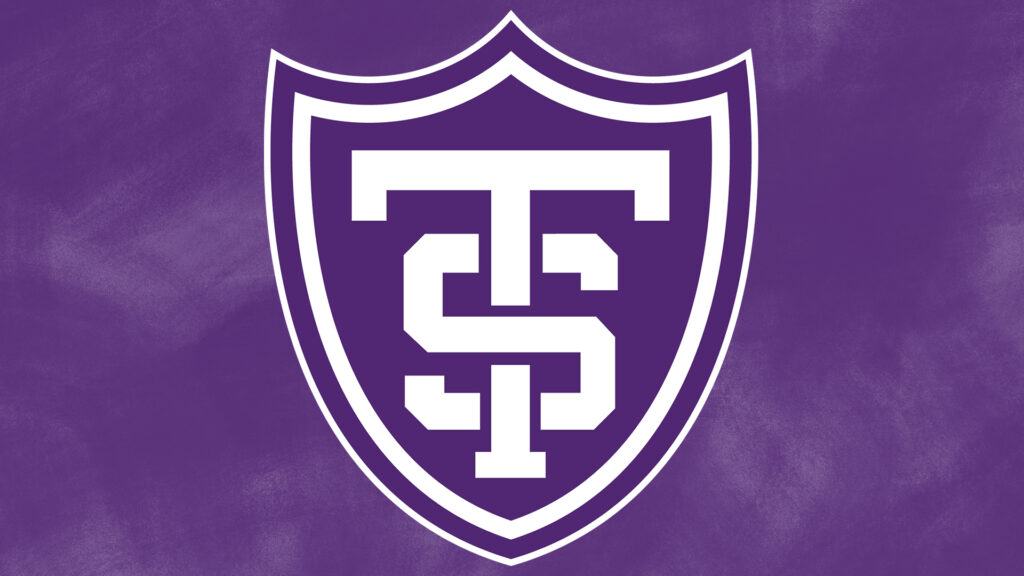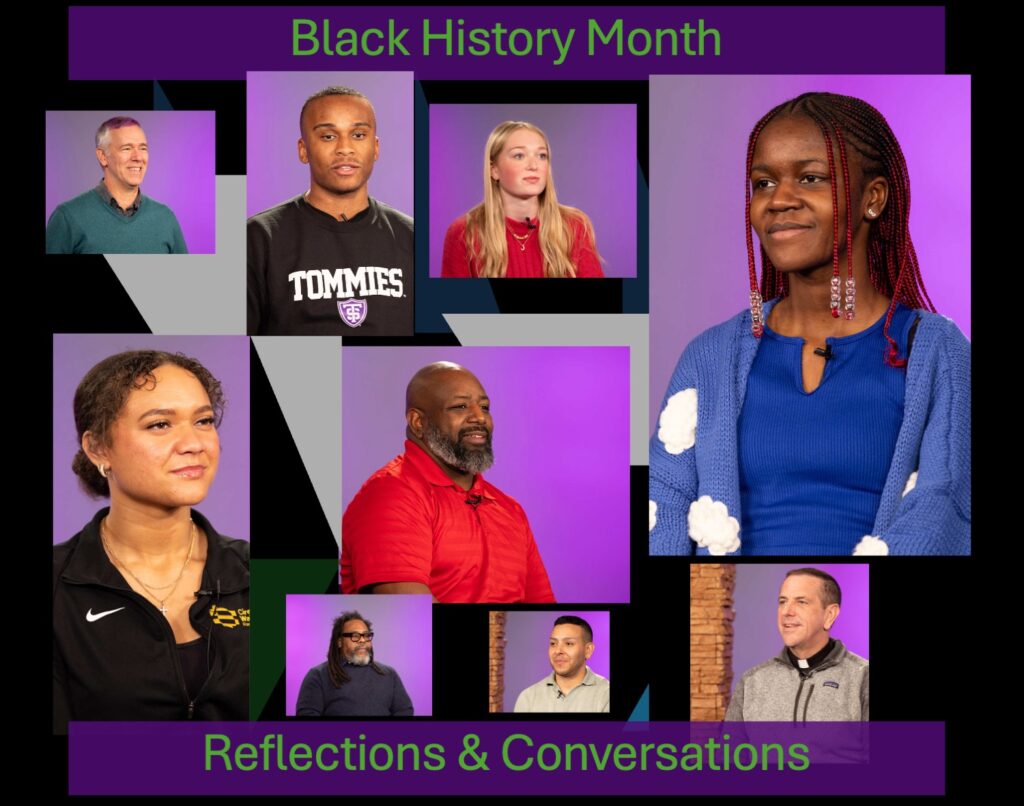After World War II, the U.S. government not only supported homeward bound American soldiers who wished to return to school but also became involved in developing and funding international education opportunities for them.
The Fulbright Program was part of this initiative and was put into action with President Harry Truman’s signature. The program began in 1946 and continues today – presenting grants to U.S. citizens “to engage in study, research or teaching assistantships abroad.” It also funds non-U.S. citizens to come to the United States. This was the first program developed to help students finance their time abroad.
Every year, about three to four St. Thomas students apply for a Fulbright research or English teaching-assistant grant through the Fulbright U.S. Student Program. In her senior year, UST student Emily Kessel ’09 received a grant to teach in South Korea through the Fulbright teaching assistantship.
Kessel heard of Fulbright from her study abroad adviser and from some of her professors. After her junior year semester abroad in South Korea, she couldn’t stay away. “I wanted to find a way to continue to study the language,” she said, “and learn more about (South Korean) history, women’s rights issues, Korea’s political relations, their education system, etc.”
She loved her time in Korea so much that she extended her Fulbright teaching assistantship for another year. “I would say that it had a great impact, especially the second year, which solidified my lifelong commitment to academia, Kessel explained. “Although I am still exploring and open to different career paths, I have officially recognized my passion for education … which was realized through many experiences during my two years with Fulbright.”
Those two years led Kessel to further her education and she now is working toward her master’s in Seoul, South Korea.
Students applying for a grant through the Fulbright U.S. Student Program can apply for either a Full Research and Study grant or an English-Teaching Assistant grant in more than 155 countries around the world. The Fulbright Program awards approximately 8,000 grants each year. This year’s application closed in September; however, Kessel and the St. Thomas study abroad staff encourage those who are interested to look into Fulbright for next year.
The application is quite extensive: “I worked on several edits for the two writing samples,” Kessel said. “I highly recommend visiting the Writing Center on campus for a writing-savory source.” Applications become available each year in May, with the St. Thomas deadline typically at the end of September for the following academic year. Early planning is essential as it takes at least eight weeks to put together a competitive application. It is never too early to start planning for the future.
Kessel is not the only UST student to receive a Fulbright grant. In 2010, Nick Huynh won a Fulbright Research Grant in Sweden.
For more information visit the Study Abroad office, 44 N. Cleveland Ave., or the Fulbright Program website.







